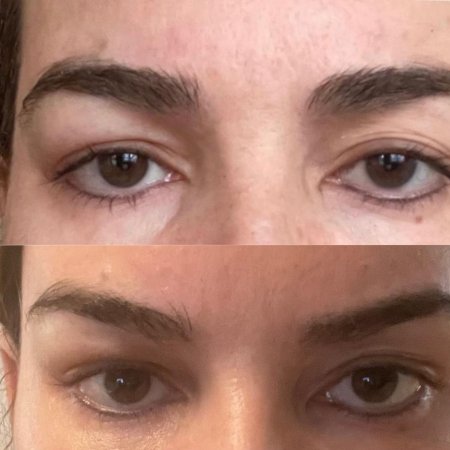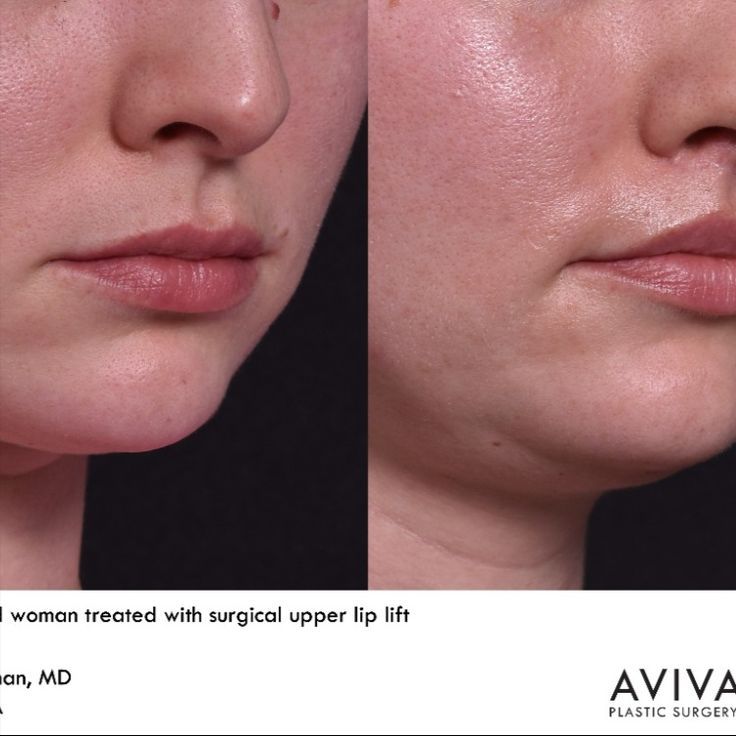
Many people ask about the benefits of a partial or full facelift when they are considering plastic surgery. Each procedure has its unique advantages. Here are some of the main differences between them. Ask your surgeon about the risks involved and how long it takes to recover if you are interested in a complete facelift. Be sure to consider where you will need to make incisions. Each individual's needs will determine the best method for you, but both options can improve your look.
Mini facelift
Mini facelifts are performed on the lower half of the face, typically around the jawline and neck. The incisions are less extensive and are made in a deeper plane than a full facelift. This allows the surgeon limit the amount of skin removal and to tighten the muscles, which minimizes scarring. This type procedure is best suited to younger adults who want flawless skin, while decreasing the risk of developing signs of aging. To reduce the appearance of facial laxity and improve overall appearance, seniors may consider a full-facelift.
Full facelift
Of all the major facial rejuvenation options, the full facelift has the best results and takes longer to recover. A full facelift targets deeper structures, muscles and facial tissues. The surgeon also separates the loose skin from the deepest facial tissues. The full facelift uses several techniques to get the desired results. This includes repositioning skin in areas that sags. The procedure can take between two to five hours.

Mid facelift
The mid-facelift involves making incisions inside the mouth, at the hairline, and along the lower eyelid lash line. Tissue on both sides of the cheeks is lifted upward through these incisions, reducing the heaviness of these areas and restoring the contour of the face. Some patients may experience some swelling and bruising for a few days after the procedure. However, this should diminish over time. The doctor will prescribe pain medication following the procedure.
Deep plane facelift
If you are considering a facelift, you are probably wondering whether a deep plane or a mini one is better for your specific needs. Compared to a mini face lift, a deep plane facelift will address problem areas in a more natural way, resulting in a more permanent lift. A deep plane facelift addresses structural elements of your face, which means that it will last longer.
Millennials are more likely to undergo a mini-facelift
To improve their looks, millennials are turning to cosmetic surgery more often in their 20s. This generation, who grew up on social media, is well-known for comparing themselves to others. While it may be hard to accept, some millennials believe that having a facelift will make them look older than they actually are. Mini facelifts are what they choose.
Time to recover
The recovery time for a mini-facelift depends on many factors, including age, health and the type of procedure. Both procedures are generally associated with a significant improvement in the appearance. Before you undergo surgery, be sure to read over the full recovery guide that comes with your facelift. It includes postoperative instructions regarding cleaning and caring of your incisions. It is important to plan for a day off work, and not do any strenuous exercise for several days following the procedure.

Cost
A mini facelift costs less than a full one, but both require significant financial investment. Although most health insurance plans cover cosmetic procedures, some don't. Patients may need to pay upfront for cosmetic surgery as it is not usually covered by most health insurance plans. If you need help arranging financial arrangements, a plastic surgeon can assist. A third party financing company for medical care can help you pay for your cosmetic procedures.